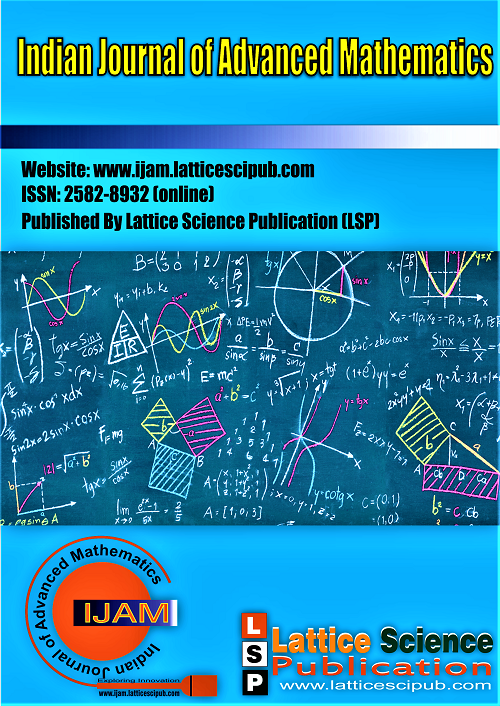A Proof for Fermat's Last Theorem using an Auxiliary Fermat's Equation
Main Article Content
Abstract
Fermat’s Last Theorem states that there exists no three positive integers x, y and z satisfying the equation x n + y n = z n , where n is any integer > 2. Fermat and Euler had already proved the theorem for the exponents n = 4 and n = 3 in the equations x 4 + y 4 = z 4 and x 3 + y 3 = z 3 respectively. Hence taking into account of the same, it is enough to prove the theorem for the exponent n = p, where p is any prime > 3. In this proof, we have hypothesized that r, s and t are positive integers in the equation r p + s p = t p where p is any prime >3 and prove the theorem by the method of contradiction. To support the proof in the above equation we have used an Auxiliary equation x 3 + y 3 = z 3 . The two equations are linked by means of transformation equations. Solving the transformation equations we prove the theorem.
Downloads
Article Details

This work is licensed under a Creative Commons Attribution-NonCommercial-NoDerivatives 4.0 International License.
How to Cite
References
Hardy G. H. and Wright E. M., An introduction to the theory of numbers, 6th ed. Oxford University Press, 2008, pp. 261-586. DOI: https://doi.org/10.1080/00107510903184414
Lawrence C. Washington, Elliptic Curves, Number Theory and Cryptography, 2nd ed. 2003, pp. 445-448. DOI: https://doi.org/10.1201/9781420071474
Andrew Wiles, Modular Elliptic Curves and Fermat's Last Theorem, Annals of Mathematics, 1995; 141(3); pp.443-551. DOI: https://doi.org/10.2307/2118559
13 Lectures on Fermat's Last Theorem by Paulo Ribenboim, Publisher: Springer , New York , originally published in 1979, pages 159. DOI: https://doi.org/10.1007/978-1-4684-9342-9





